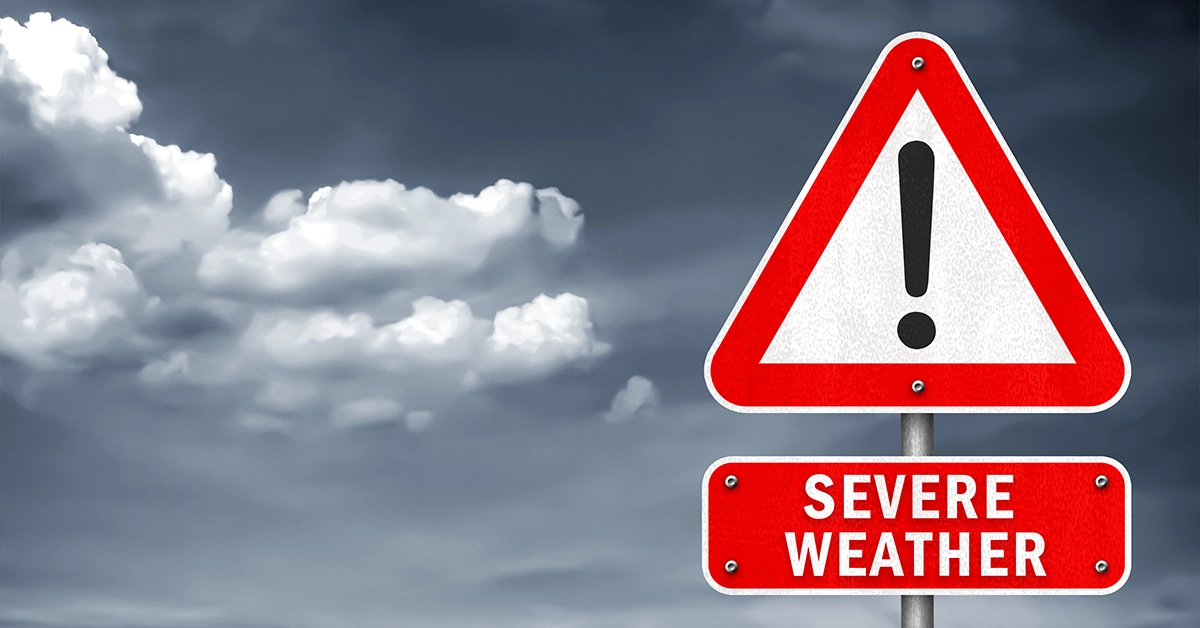Avoid Scams After the Storm

Unfortunately, some individuals and/or businesses use the time in the aftermath of a storm to take advantage of consumers. Do not rush into any contract or service agreement during times when emotions run high or you feel pressured by sales tactics. Instead, take some time to consult with your family or trusted friends and advisers before agreeing to services. And always get at least three written estimates from contractors before making a decision. Most importantly—know how your homeowners insurance works. Take time to review your homeowners insurance policy with your trusted independent insurance agent before disaster strikes. Your agent can provide information on what types of repairs are covered and whether or not your policy will pay the full or depreciated cost of storm damage repairs.
Can you spot a scam artist?
- There is never a fee to apply for or to receive FEMA disaster assistance.
- There is no fee for FEMA or U.S. Small Business Administration property damage inspections.
- The only way to register for FEMA help is to call 800-621-3362 (TTY: 800-462-7585) or visit www.DisasterAssistance.gov. You can also visit m.fema.gov from a smartphone or other Web-enabled device.
- Government workers wear a photo ID and will never ask for a fee or payment.
- Get a written contract detailing all of the work to be performed, all costs associated with the project, and any guarantees before work begins. Make sure the contract includes information about obtaining necessary permits and which party is responsible for obtaining those permits.
- Pay only by check or a credit card—and only after the contract has been signed.
Do you know if you are buying a flooded vehicle?
It can be difficult to tell if a vehicle has had prior flood damage at first glance. Take note of these tell-tale signs of flooding:- A musty odor inside the vehicle, or a very strong smelling air freshener to cover up the odor.
- Non-matching upholstery and carpeting.
- Damp carpets.
- Rust around doors and latches.
- Mud or silt in the glove compartment or under seats.
- Fog or moisture inside the instrument panel.
- When in doubt, consider having your own mechanic inspect a vehicle before you buy it.